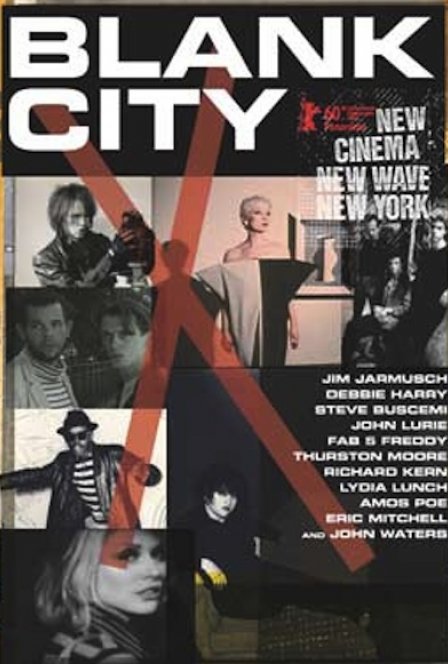In describing her desire to make a documentary about New York’s No Wave scene, French filmmaker Céline Danhier called the city in the late 70s and early 80s a “blank canvas” for artists. But that’s not what I saw in the vibrant cache of footage that comprises much of her film, Blank City. Hollowed, abandoned buildings, lots filled with rubble and burned cars, smears of graffiti and lipstick and glass: New York back then had texture. If anything feels blank, it’s today’s clean, toothless city. The roiling mess, the uppers and downers of the past, is what comes through in the artsy, artless, cinematic wanderings of that downtown scene.
The heart of the film is the constant and well-edited collage of No Wave film clips. It’s all super-8 and 16-mm, and the grainy flicker lends the spare productions a romantic sheen, even with the latter years’ Cinema of Transgression (little narrative, lots of blades, bodies, and blood). The screening venues were clubs like CBGB and Max’s Kansas City, and it was fertile ground, though they launched the careers of few directors. In terms of coherence, Jim Jarmusch’s Stranger Than Paradise and Susan Seidelman’s Smithereens stand out, and rightly so.
Danhier lets the artists speak for themselves, choosing only to interview participants, both central and fringe, of No Wave cinema. We get reminiscences, recreations, flares of old emotion, but mostly the distance of time. Amos Poe and Richard Kern are wry and funny. Lydia Lunch postures and swears (and gets the most laughs). Jarmusch seems bemused, Debbie Harry is a class act. Basquait gazes coolly from still photos, while John Lurie holds him to task for selling out the scene. There are women filmmakers in the mix: Beth B, Bette Gordon, Susan Seidelman. But the wellspring is the godfathers, John Cassavetes and Andy Warhol.
But while Blank City is dense with visuals, it’s thin on context. Participants are given nominal titles, and nothing is dated. We are left to fill in the blanks, to recognize the faces and bands and rock clubs on our own. It’s an insider’s portrait rather than an all-encompassing survey, but it’s nonetheless an entertaining trip and well worth a viewing for anyone interested in New York’s past, No Wave or not.

